The Blogging from A to Z April Challenge is an annual challenge put out to bloggers, to publish a post from A-Z, every day in April, except for Sundays. April 1 is A, April 2 is B……….and so on throughout the month. Participants can post on a chosen theme or publish random posts with no theme at all.
Theme
My theme for 2025 is The Earl Grey Orphan Scheme. I became interested in the scheme when I realised that my great great grandmother was an Earl Grey Girl, who came to Australia as part of the scheme. This scheme was a government sponsored program designed to give young, impoverished Irish girls a chance at a better life in Australia.
Poorhouses in Ireland1
During the time of the Great Famine in the 1840’s in Ireland, poverty relief was provided by the poorhouses. At the time the terms ‘poorhouse’ and ‘workhouse’ were often interchangeable. Often there was a difference, that conditions in the workhouse could be more lenient than the poorhouse.
Wexford Union Workhouse which opened in 1845, is an example of a workhouse that was established to provide poor relief during the Great Famine
Girls were chosen from the poorhouses, from all areas of Ireland, to be part of the Earl Grey Scheme, where they would emigrate to Australia to start their lives over.
The poorhouses were invited by the Poor Law Commision, to nominate girls who were of good character. Clothing and necessary supplies were provided for the girls to take on their voyage. They also paid for the girls transport to Dublin, and then on to London, where the ships to Australia were to depart.
During the voyage, the girls were taught skills that would be useful to them in their employment, after they arrived in Australia. They were taught skills such as sewing and knitting. There was a Matron onboard to care for the needs of the girls.
The above image shows the clothing that was given to the orphan girls by the poorshouses
About The Poorhouses
Established in 1838 under the Irish Poor Law Act, to provide food and shelter to the poor. Conditions were harsh to encourage only the desparate to seek help and to discourage the poor from becoming dependant on the assistance given.
Poorhouses were very large institutions that were intended to accommodate large numbers of people. There were separate areas for men, women, and children. Inmates were expeected to work in exchange for food and board. The labour they did was both agricultural and domestic.
Conditions: Life in the workhouses was not at all comfortable and in fact was very grim. Meals were tiny and not at all enough to sustain a person doing manual labour. This often prolonged and increased suffering of the destitute.
The demand for the workhouses greatly increased during the famine years, as the population of those suffering from hunger and sickness increased.
Crowds at the Gate of the Poorhouse - wikimediacommons
Famine Pot2
The Famine Pot from the Donegal Workhouse, can be found in the old Famine Graveyard at Donegal. The pot is also known as a Brachan Pot, Soup Pot or Workhouse Pot. At the height of the famine, this pot fed about 800 people each day, and some would walk up to 30 kilometres for either the soup or porridge mix. Several famine pots survive across Donegal.
Skibbereen in 1847 (artist: James Mahony; source: Illustrated London News via Wikimedia Commons, public domain). The sketch was made at Cahera, and shows a famished boy and girl turning up the ground to search for a potato to appease their hunger. (irishheritage.news.i
Opinions of the People
Poorhouses and workhouses faced ongoing criticism for their harsh conditions,and also after being in the poorhouse, people left with a stigma attached to them. It was thought that the poor were being punished for their poverty instead of being helped to overcome it.
The British Government who administered the Poor Law system in Ireland, faced much criticism for the way they handled the famine and the workhouses. Many felt that more should have been done for the people who were suffering at the time.
This map shows where the workhouses of the girls chosen for the Irish Orphan Scheme were situated.
www.workhouses.org.uk/Ireland
Famine pot: More about the famine pot: https://www.inishview.com/activity/the-famine-pot/





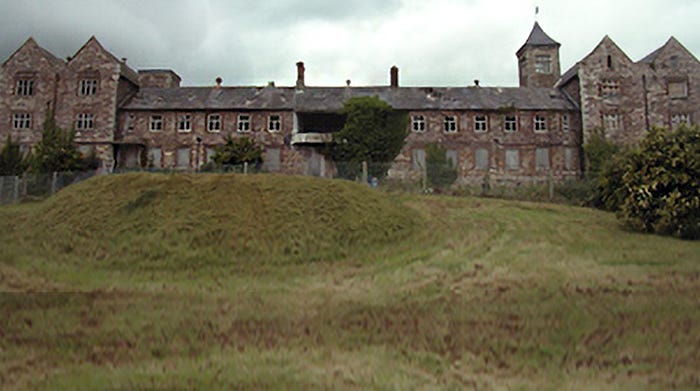
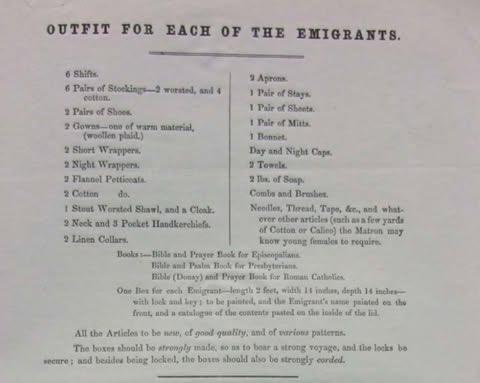
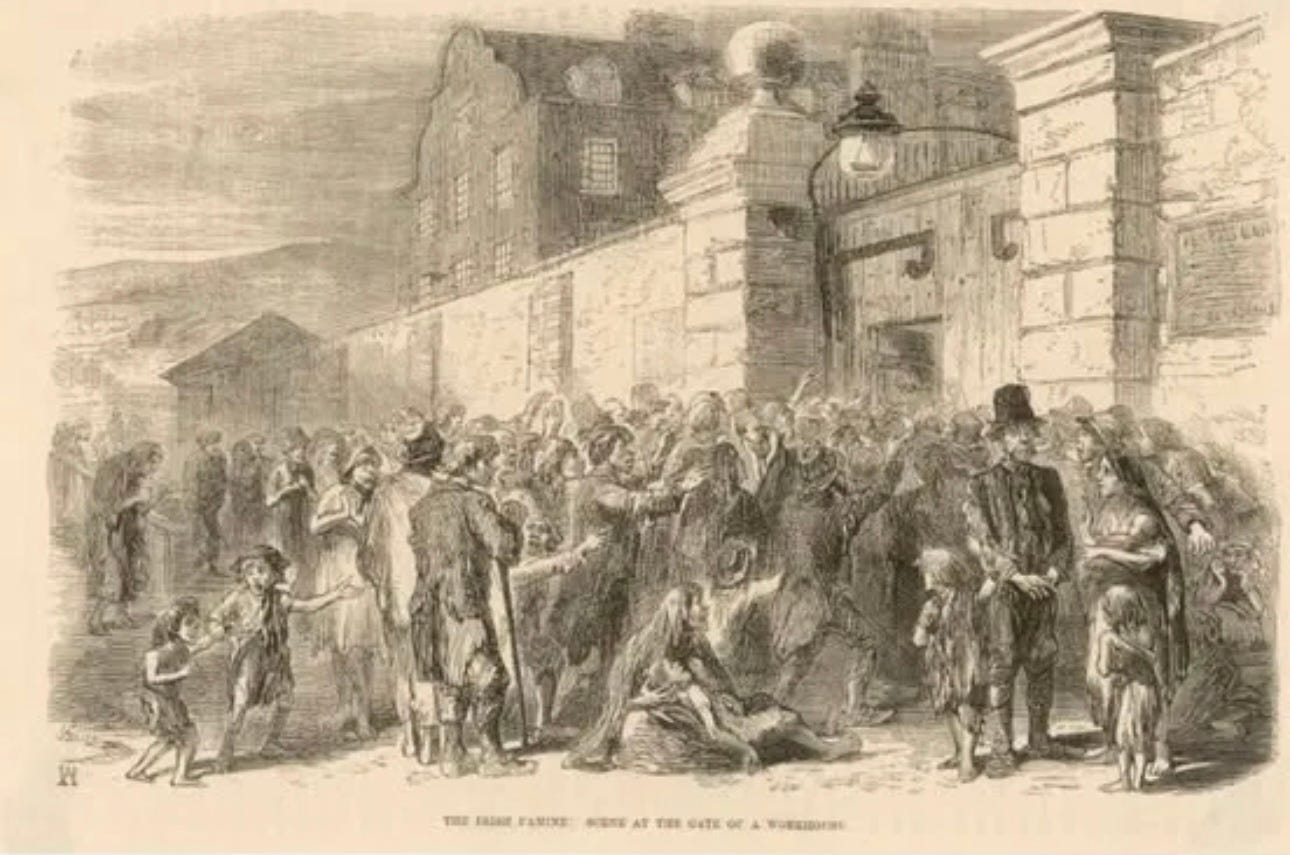
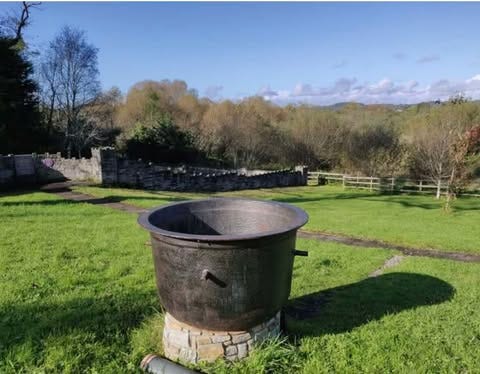


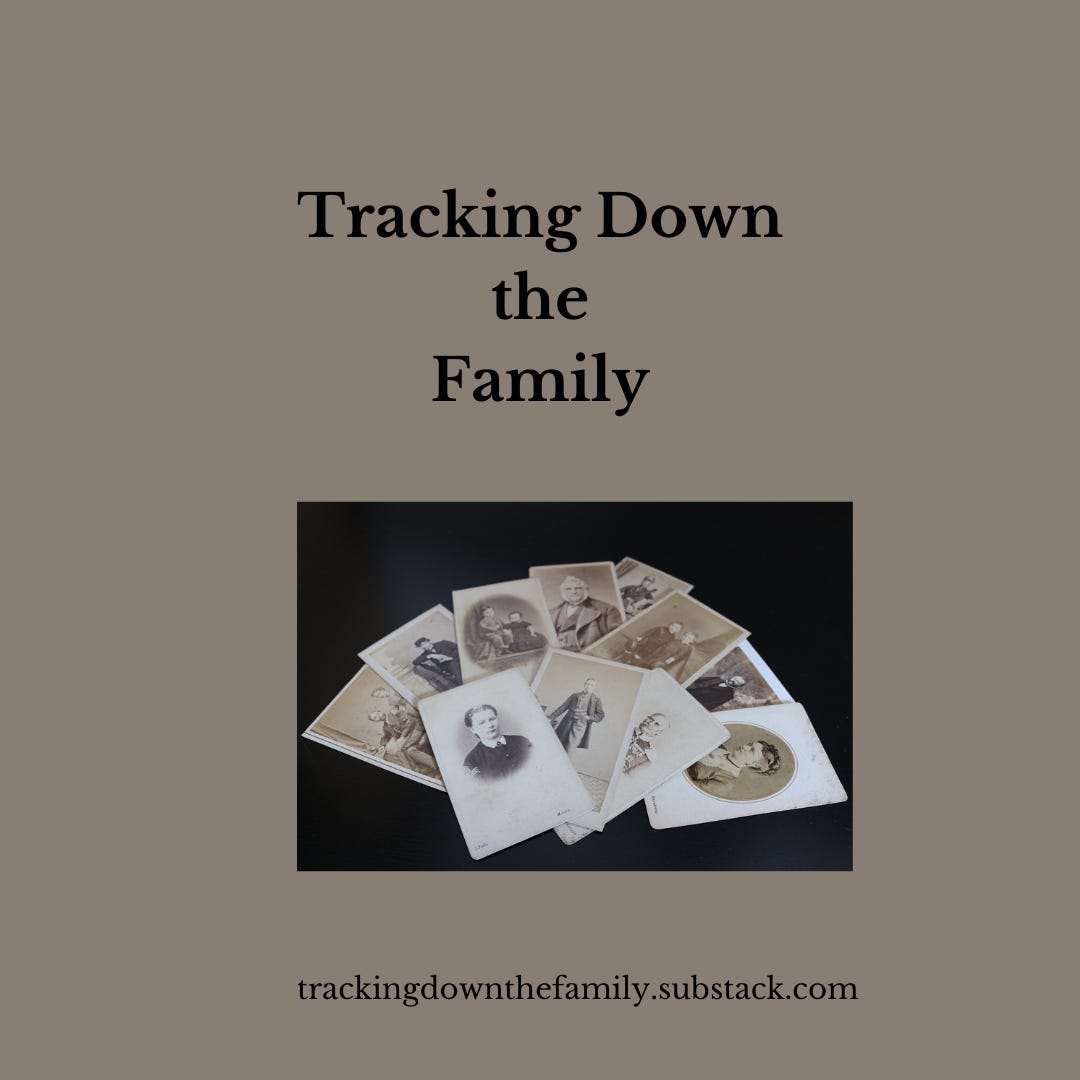
I guess the British would have done more if they had cared enough to. The drawings are so hopeless.
Hi Jennifer,
When researching my Irish convict Rebecca Jackson, I visited Doagh Famine Village in Donegal and the Dunfanaghy Workhouse in Donegal. It was horrific what the poor had to put up with during the famine.